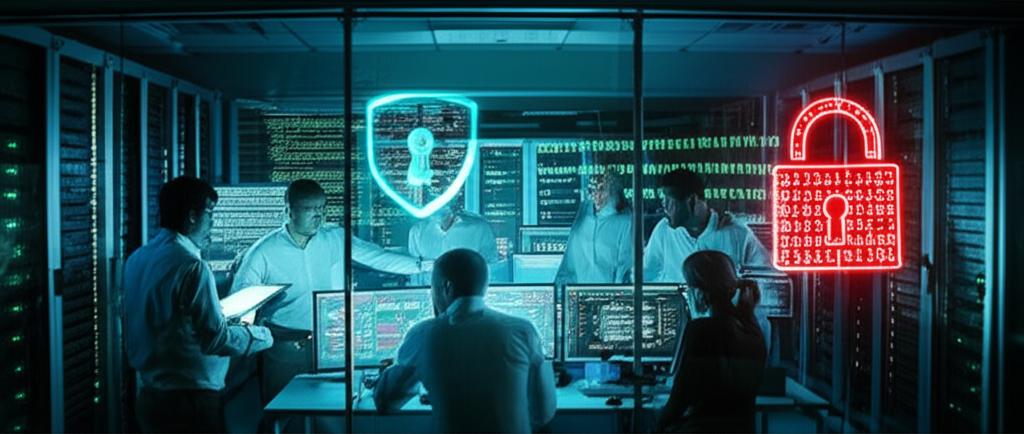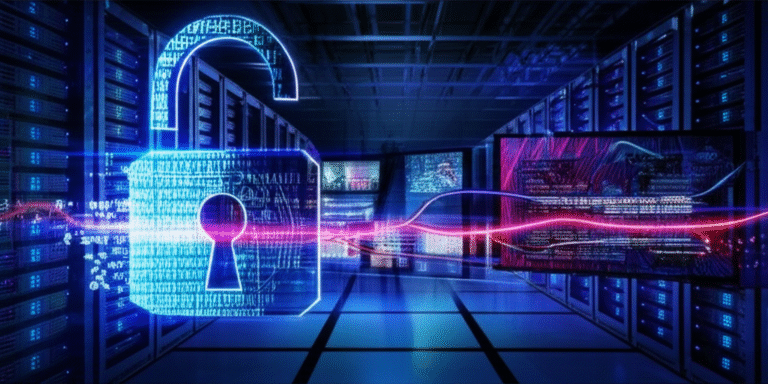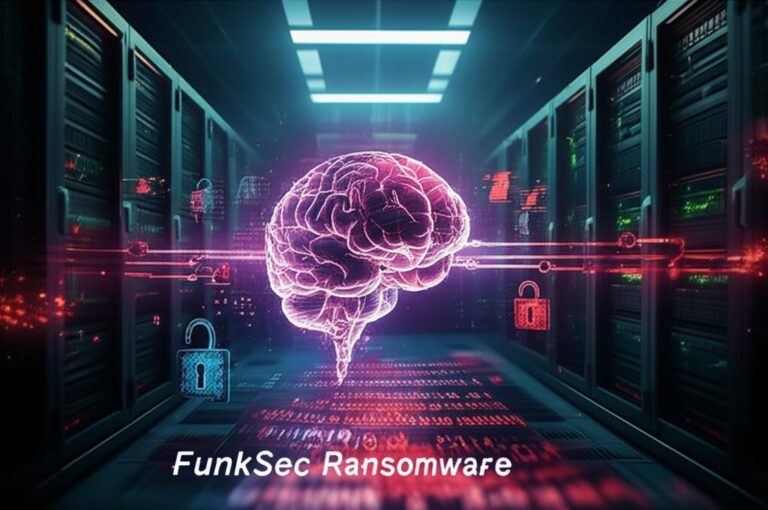Mastering Ransomware Threats: A Decisive Guide for Businesses
Ransomware attacks have evolved from a fringe nuisance into one of the most significant and crippling cybersecurity threats facing businesses today. These malicious assaults encrypt critical data, bringing operations to a halt and demanding exorbitant payments for its release. For companies, the question is no longer if they will face a ransomware attack, but when, and critically, how they will respond. This guide delves into the essential strategies companies must adopt to proactively defend against, effectively respond to, and robustly recover from ransomware.
The Dilemma: To Pay or Not to Pay?
When faced with a ransomware demand, one of the most agonizing decisions a company leadership team must make is whether to pay the ransom. This choice is fraught with ethical, financial, and operational complexities:
- Arguments for Paying: In desperate situations, paying might seem like the quickest path to data recovery and operational normalcy, especially if backups are compromised or non-existent.
- Arguments Against Paying: Law enforcement and cybersecurity experts generally advise against paying. Paying perpetuates the criminal enterprise, funds future attacks, and offers no guarantee of data recovery or prevention of future targeting. It can also lead to legal and ethical quandaries, especially if the ransom funds sanctioned entities.
The optimal scenario is to never be in a position where paying is the only viable option. This underscores the critical importance of a robust cybersecurity posture.
Proactive Defense: Fortifying Your Digital Walls
Prevention is the strongest weapon against ransomware. A multi-layered defense strategy can significantly reduce the risk of a successful attack:
- Employee Training: The human element is often the weakest link. Regular, comprehensive training on phishing recognition, safe browsing, and strong password practices is paramount.
- Robust Backup Strategy: Implement the 3-2-1 backup rule: three copies of your data, on two different media, with one copy offsite and disconnected (air-gapped). Regularly test backups to ensure recoverability.
- Endpoint Detection and Response (EDR): Deploy advanced EDR solutions to monitor, detect, and respond to threats on individual devices in real-time.
- Network Segmentation: Divide your network into isolated segments. This limits the lateral movement of ransomware, preventing it from spreading across your entire infrastructure.
- Patch Management: Keep all software, operating systems, and firmware up-to-date. Attackers frequently exploit known vulnerabilities.
- Multi-Factor Authentication (MFA): Implement MFA for all accounts, especially privileged ones, to add an essential layer of security.
- Email Filtering and Web Security: Advanced solutions can block malicious emails and prevent access to harmful websites, key vectors for ransomware delivery.
Rapid Response: When an Attack Strikes
Despite the best preventative measures, an attack might still occur. A well-defined and rehearsed incident response plan is critical for minimizing damage:
- Isolate and Contain: Immediately disconnect infected systems from the network to prevent further spread.
- Activate Incident Response Team: Assemble your dedicated team, including IT, legal, communications, and executive leadership.
- Investigate and Eradicate: Determine the attack vector, identify affected systems, and remove the ransomware. This may involve engaging third-party forensic experts.
- Communicate Clearly: Notify relevant stakeholders (employees, customers, regulators, law enforcement) according to your communication plan and legal requirements.
- Avoid Payment Temptation: Unless absolutely no other option exists and after careful consultation, resist the urge to pay. Focus on recovery through backups.
Robust Recovery: Getting Back on Track
Recovery is not just about restoring data; it’s about rebuilding trust and fortifying systems against future attacks:
- Restore from Clean Backups: Use your tested, air-gapped backups to restore systems. Ensure the recovery environment is secure and free from malware.
- Post-Mortem Analysis: Conduct a thorough review of the incident. What went wrong? What can be improved? Document lessons learned.
- Implement Enhanced Security: Use insights from the attack to strengthen your cybersecurity defenses, patching new vulnerabilities and refining procedures.
Legal, Compliance, and Insurance Considerations
Navigating a ransomware incident involves more than just technical recovery:
- Legal Obligations: Understand your legal requirements for reporting data breaches to regulators and affected individuals (e.g., GDPR, CCPA).
- Cyber Insurance: Review your cyber insurance policy carefully. It can cover forensic investigations, legal fees, business interruption, and sometimes even ransom payments, though this is often debated.
- Law Enforcement Engagement: Report the incident to relevant law enforcement agencies (e.g., FBI, local police). They can provide guidance and potentially track down perpetrators.
Building a Resilient Ransomware Strategy: A Holistic Approach
Ultimately, handling ransomware is about building enterprise-wide resilience. This means fostering a security-aware culture, continuously monitoring for threats, regularly updating incident response plans, and investing in advanced security technologies. It’s an ongoing process of adaptation and improvement, ensuring that your company can withstand inevitable attacks and emerge stronger.
By prioritizing proactive defense, developing rapid response capabilities, and maintaining robust recovery plans, businesses can significantly mitigate the impact of ransomware, protect their invaluable data, and ensure continuity in an increasingly hostile digital landscape. Preparedness isn’t just an IT concern; it’s a strategic imperative for every modern enterprise.







